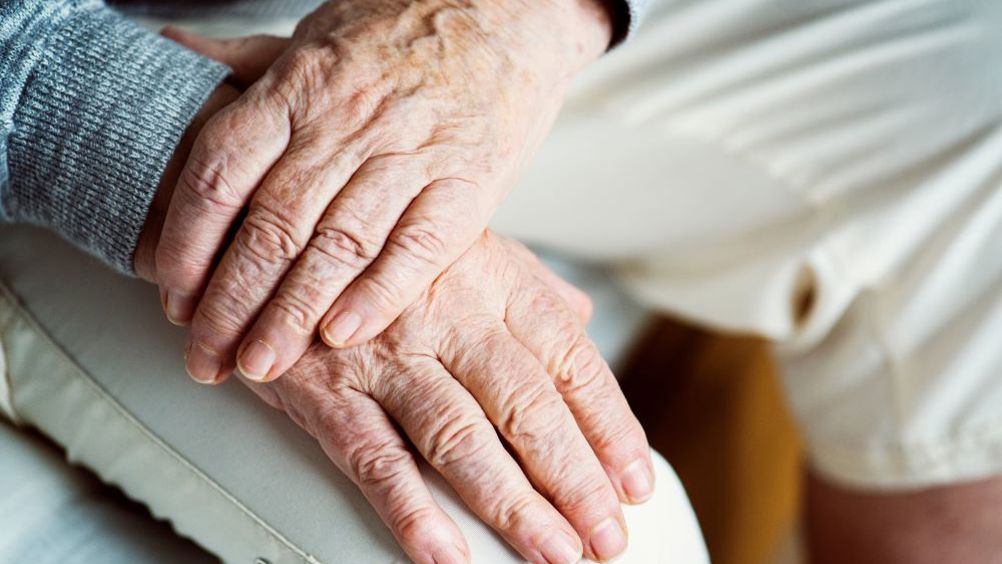References
Ageing in place: ageing at home and in the community

Ageing well is determined by a constellation of factors. One of these, with a strong influence on maintaining autonomy and control over the environment, is the elderly person's relationship with the residential environment, that is, with housing and the surrounding physical and social context. The concern with defining suitable environments for the elderly should consider the ageing process, paying particular attention to aspects related to mobility (Fonseca, 2020). However, the current challenge goes further and consists of finding solutions that correspond to the objective of promoting quality of life, namely through social integration.
Service users of care home residents have a higher risk of falls—three times more than the peers that live in their own homes. This means that healthcare providers must prioritise the safety and happiness of such individuals in their own homes (Reis da Silva, 2023).
Ageing in place means living safely and independently at home and in the community as you age (World Health Organization (WHO), 2015). Understanding this concept implies the need to adapt the physical and social environment to daily life, over time. Indeed, most elderly people want to remain in an environment that is familiar to them and, preferably, remain in the same house and in the same community (Iecovich, 2014). Implicit here is the desire to control most aspects related to daily life, such as personal care, routines and other significant activities (Fonseca, 2020).
Register now to continue reading
Thank you for visiting Community Nursing and reading some of our peer-reviewed resources for district and community nurses. To read more, please register today. You’ll enjoy the following great benefits:
What's included
-
Limited access to clinical or professional articles
-
New content and clinical newsletter updates each month

